Home>Construction & Tools>Building Materials>How To Mount Wood To Brick
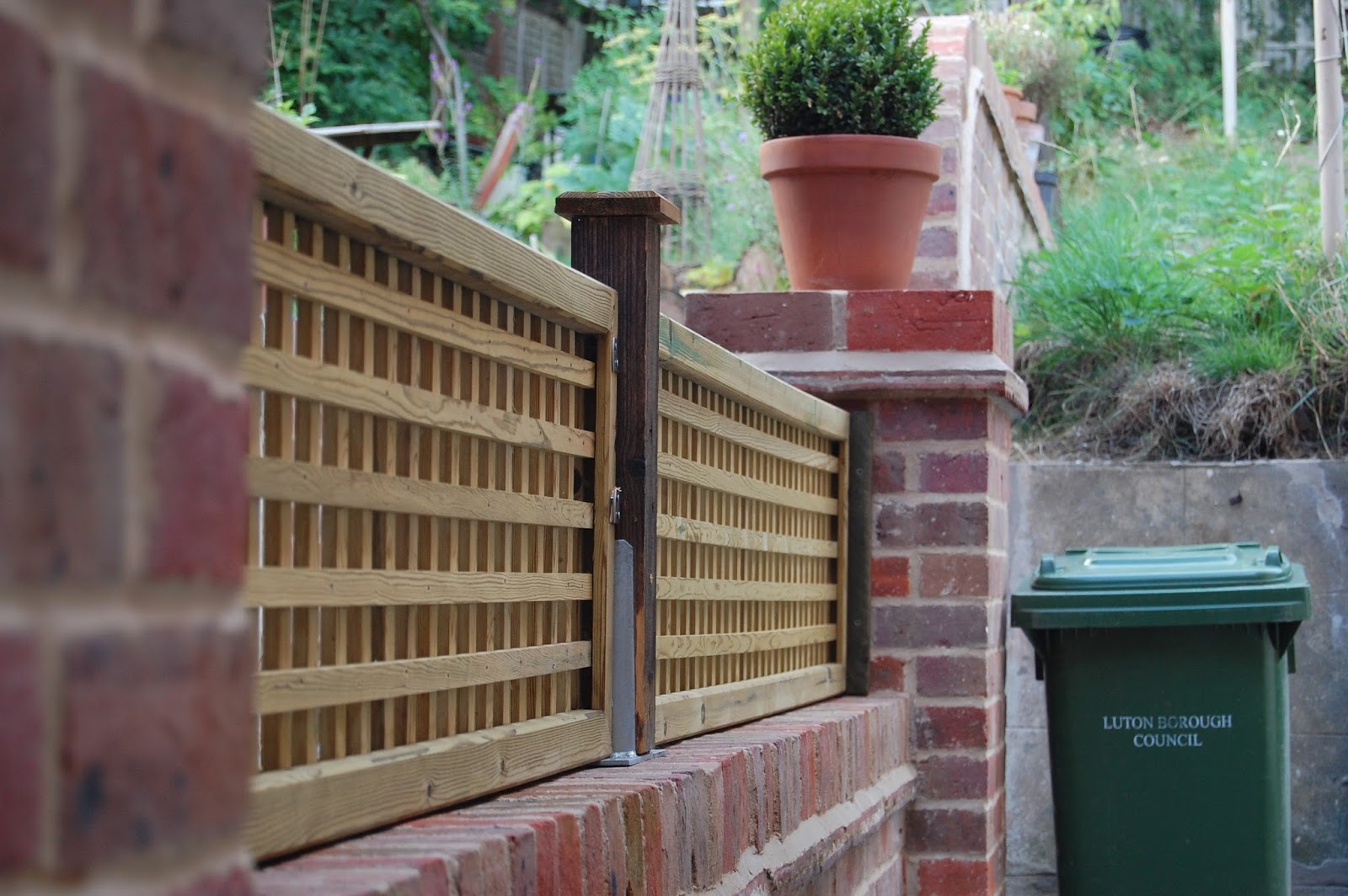

Building Materials
How To Mount Wood To Brick
Modified: September 1, 2024
Learn how to securely mount wood to brick with the right building materials and techniques. Enhance your project with our expert tips and advice.
(Many of the links in this article redirect to a specific reviewed product. Your purchase of these products through affiliate links helps to generate commission for Storables.com, at no extra cost. Learn more)
Introduction
Read more: How To Mount Things To Brick
Introduction
Mounting wood to brick can be a challenging yet rewarding endeavor, enabling you to add functional or decorative elements to your home or outdoor space. Whether you aim to install a shelf, a mantel, or a piece of artwork, the process requires careful consideration and the right techniques to ensure a secure and visually appealing result.
Before embarking on this project, it’s essential to understand the various factors involved, from choosing the appropriate mounting hardware to preparing the brick surface for installation. By following the correct steps and using the right tools, you can successfully attach wood to brick, enhancing the aesthetics and functionality of your living space.
In this comprehensive guide, we will delve into the essential steps and considerations for mounting wood to brick, providing you with the knowledge and confidence to tackle this project with ease. From selecting the right hardware to applying finishing touches, we will cover each stage in detail, empowering you to achieve a professional and durable outcome.
Let’s explore the intricacies of this process, gaining insights into the best practices and techniques for securely attaching wood to brick surfaces. By the end of this guide, you will be well-equipped to embark on your mounting project, elevating the appeal and utility of your living environment.
Key Takeaways:
- Choose the right mounting hardware
Select anchors or screws based on weight, corrosion resistance, and appearance. Ensure compatibility with brick for a secure and visually appealing wood-to-brick installation. - Prepare the brick surface
Clean, mark, drill, and install anchors or screws for a strong bond. Consider smoothing the surface for a flush and stable wood attachment.
Choosing the Right Mounting Hardware
When mounting wood to brick, selecting the appropriate hardware is crucial for ensuring a secure and long-lasting installation. The choice of mounting hardware depends on various factors, including the weight of the wood, the intended use of the mounted item, and the aesthetic preferences of the space. Here are the key considerations for choosing the right mounting hardware:
- Anchor Selection: For heavier items or load-bearing structures, such as shelves or mantels, it’s essential to use robust anchors that can withstand the weight and provide reliable support. Options such as sleeve anchors, expansion anchors, or concrete screws are suitable for securing wood to brick, offering strong and durable attachment points.
- Weight Capacity: Assess the weight capacity of the chosen mounting hardware to ensure it can safely support the load of the wood and any items to be placed on it. Exceeding the weight limit of the hardware can compromise the integrity of the installation, leading to potential safety hazards and structural issues.
- Corrosion Resistance: When mounting wood to brick in outdoor or high-moisture environments, opt for mounting hardware that is resistant to corrosion. Stainless steel anchors or screws are ideal for outdoor applications, providing excellent durability and weather resistance.
- Appearance and Finish: Consider the visual impact of the mounting hardware, especially if it will be visible after the wood is installed. Choose hardware with a finish that complements the aesthetic of the wood and the surrounding space, enhancing the overall look of the mounted structure.
- Compatibility with Brick: Ensure that the selected mounting hardware is designed for use with brick surfaces, offering secure attachment and stability. Hardware specifically engineered for masonry applications provides optimal performance and reliability.
By carefully evaluating these factors and selecting the right mounting hardware, you can lay a solid foundation for a successful wood-to-brick installation. The next step involves preparing the brick surface to create an ideal environment for secure attachment.
Preparing the Brick Surface
Before attaching wood to a brick surface, thorough preparation of the brick is essential to ensure a strong and lasting bond. The condition of the brick and the cleanliness of its surface significantly impact the effectiveness of the mounting process. Here are the key steps for preparing the brick surface:
- Cleaning and Inspection: Begin by thoroughly cleaning the brick surface to remove any dirt, dust, or debris. Use a stiff brush, mild detergent, and water to scrub the brick, ensuring that the surface is free from any contaminants that could hinder the adhesion of the mounting hardware. Additionally, inspect the brick for any damage, such as cracks or crumbling mortar, and address any necessary repairs before proceeding.
- Marking Mounting Points: Determine the precise locations where the wood will be mounted to the brick. Use a pencil or marker to mark the positions for drilling holes or installing anchors, ensuring accuracy and alignment for the subsequent attachment of the wood.
- Drilling Pilot Holes: Based on the marked mounting points, carefully drill pilot holes into the brick using a masonry drill bit. The diameter and depth of the pilot holes should correspond to the specifications of the selected mounting hardware, enabling secure and precise installation.
- Inserting Anchors or Screws: If using anchors, insert them into the drilled pilot holes according to the manufacturer’s instructions. For concrete screws, carefully drive them into the prepared holes, ensuring that they are securely fastened to the brick surface.
- Surface Smoothing (Optional): In some cases, particularly for decorative installations, you may consider smoothing the brick surface at the mounting points to create a flush and even base for the wood attachment. This step enhances the aesthetic appeal and stability of the mounted wood structure.
By meticulously preparing the brick surface through cleaning, marking, drilling, and installing the necessary mounting components, you establish a solid foundation for securely attaching the wood. With the brick surface primed for installation, the next phase involves the actual attachment of the wood to the prepared mounting points.
Use a hammer drill to create pilot holes in the brick, then use masonry screws and a drill to attach a wood mounting bracket to the brick surface. Make sure to use the appropriate anchors and screws for the weight of the wood.
Attaching the Wood to the Brick
With the brick surface prepared and the mounting hardware in place, the next crucial step is attaching the wood securely to the brick. This process demands precision, attention to detail, and the use of appropriate tools to ensure a stable and aesthetically pleasing installation. Here’s a comprehensive guide to attaching wood to brick:
- Positioning the Wood: Carefully position the wood piece or structure against the brick surface, aligning it with the installed mounting points. Ensure that the wood is level and properly oriented before proceeding with the attachment process.
- Securing the Wood: Using the designated mounting hardware, such as screws or bolts, fasten the wood to the brick surface. Ensure that the fasteners are driven into the anchors or pilot holes with precision, providing a snug and secure fit that prevents any wobbling or instability.
- Applying Pressure: When fastening the wood to the brick, apply steady and controlled pressure to ensure that the attachment is firm and reliable. Avoid over-tightening the fasteners, as this can potentially damage the wood or compromise the integrity of the mounting hardware.
- Checking Alignment: Periodically assess the alignment and positioning of the wood as you secure it to the brick. Make any necessary adjustments to ensure that the installation remains level, straight, and visually pleasing.
- Trimming and Finishing (Optional): If the wood piece requires trimming or finishing touches to achieve the desired look, address these tasks after the initial attachment. Use appropriate tools and techniques to refine the edges, corners, or surfaces of the wood, enhancing its overall appearance.
By following these steps and exercising care during the attachment process, you can achieve a robust and visually appealing connection between the wood and the brick surface. Once the wood is securely mounted, the final phase involves adding finishing touches and implementing measures for long-term maintenance.
Read more: How To Secure Wood To Brick
Finishing Touches and Maintenance
After successfully attaching wood to a brick surface, implementing finishing touches and establishing a maintenance routine are essential for preserving the integrity and visual appeal of the installation. These final steps contribute to the longevity and aesthetic enhancement of the mounted wood structure. Here’s a comprehensive overview of finishing touches and maintenance considerations:
- Sealing and Protecting the Wood: If the mounted wood is exposed to outdoor elements or moisture, consider applying a protective sealant to safeguard it against weathering, rot, and discoloration. Choose a high-quality sealant appropriate for the type of wood used, and follow the manufacturer’s instructions for proper application.
- Surface Finishing (Optional): Depending on the intended aesthetic and functional requirements, you may opt to finish the surface of the mounted wood with paint, stain, or varnish. This step adds a layer of protection while enhancing the visual appeal of the wood structure.
- Regular Inspection: Periodically inspect the mounted wood and its attachment to the brick surface to identify any signs of loosening, damage, or wear. Address any issues promptly to maintain the structural integrity and safety of the installation.
- Cleaning and Maintenance: Incorporate regular cleaning and maintenance practices to preserve the appearance and condition of the mounted wood. Use appropriate cleaning methods and products suitable for the wood type, ensuring that it remains free from dirt, debris, and potential sources of deterioration.
- Structural Integrity Assessment: Over time, assess the structural integrity of the wood-to-brick attachment, especially for load-bearing installations such as shelves or mantels. Confirm that the mounting hardware and the wood itself remain secure and stable, making adjustments or reinforcements as needed.
By attending to these finishing touches and implementing a proactive maintenance regimen, you can prolong the life and visual allure of the wood-to-brick installation, ensuring that it continues to enhance the space with its functionality and aesthetic appeal.
With the completion of these essential steps, you have successfully navigated the process of mounting wood to brick, achieving a secure and visually pleasing installation that adds value and style to your living environment.
Frequently Asked Questions about How To Mount Wood To Brick
Was this page helpful?
At Storables.com, we guarantee accurate and reliable information. Our content, validated by Expert Board Contributors, is crafted following stringent Editorial Policies. We're committed to providing you with well-researched, expert-backed insights for all your informational needs.
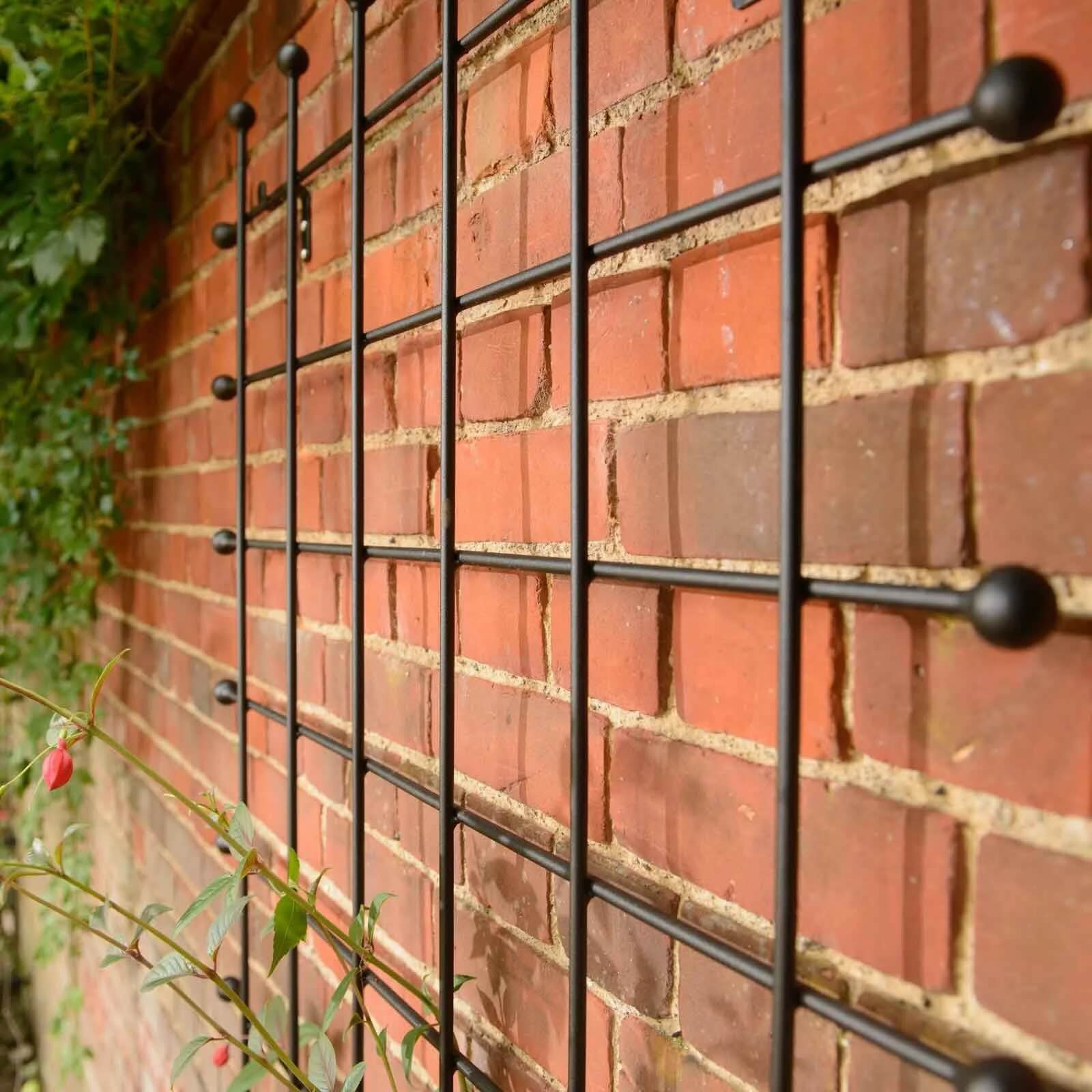
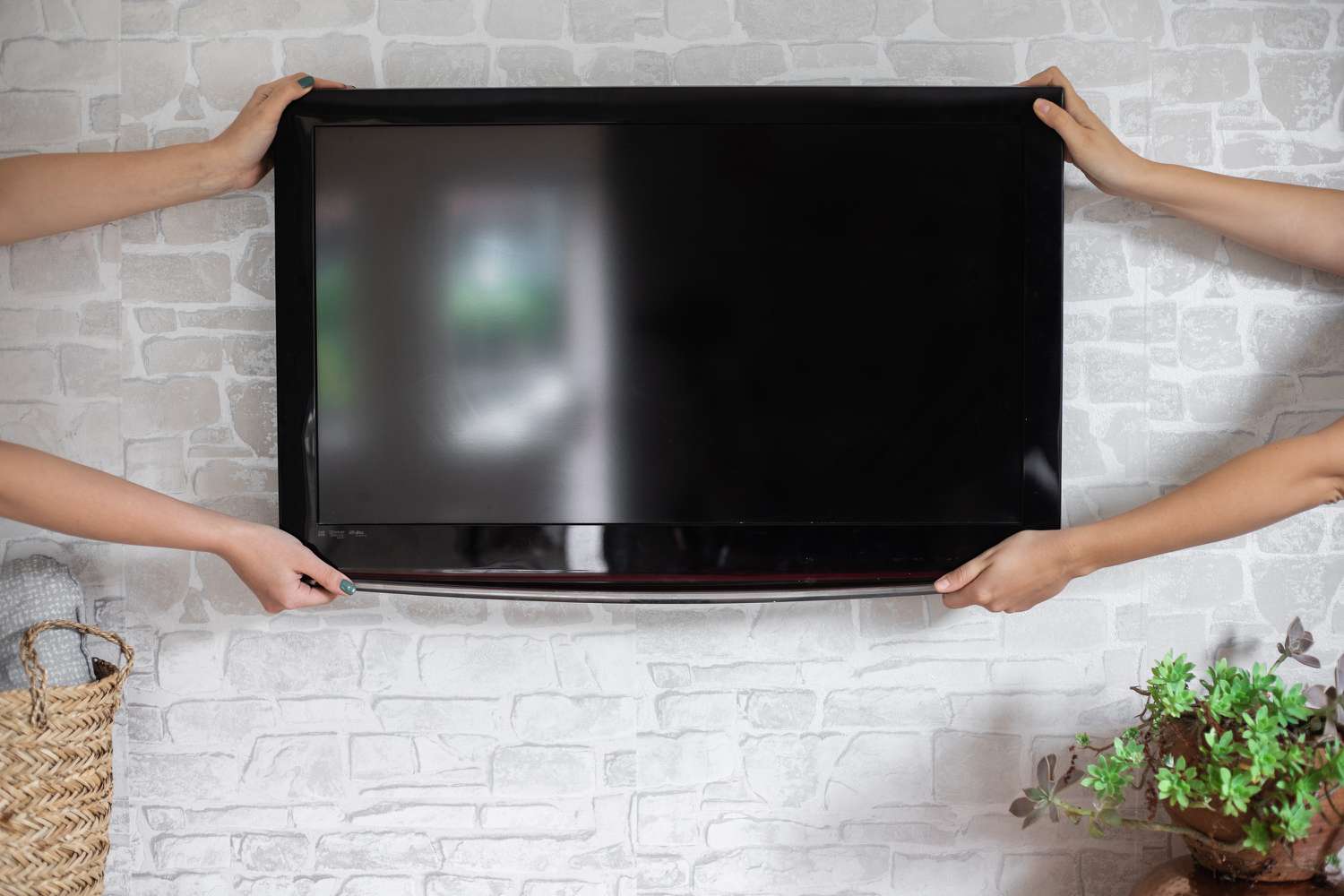
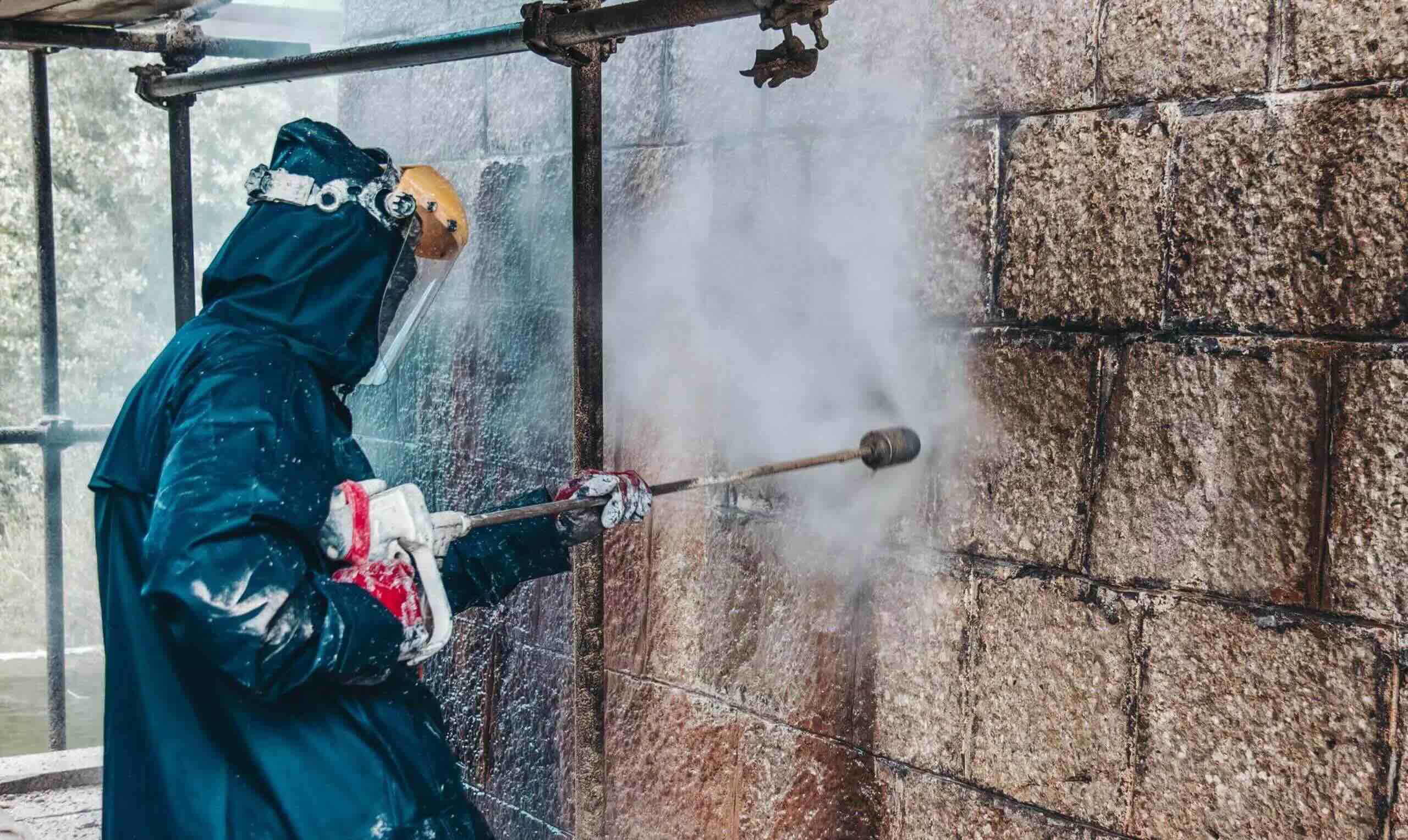
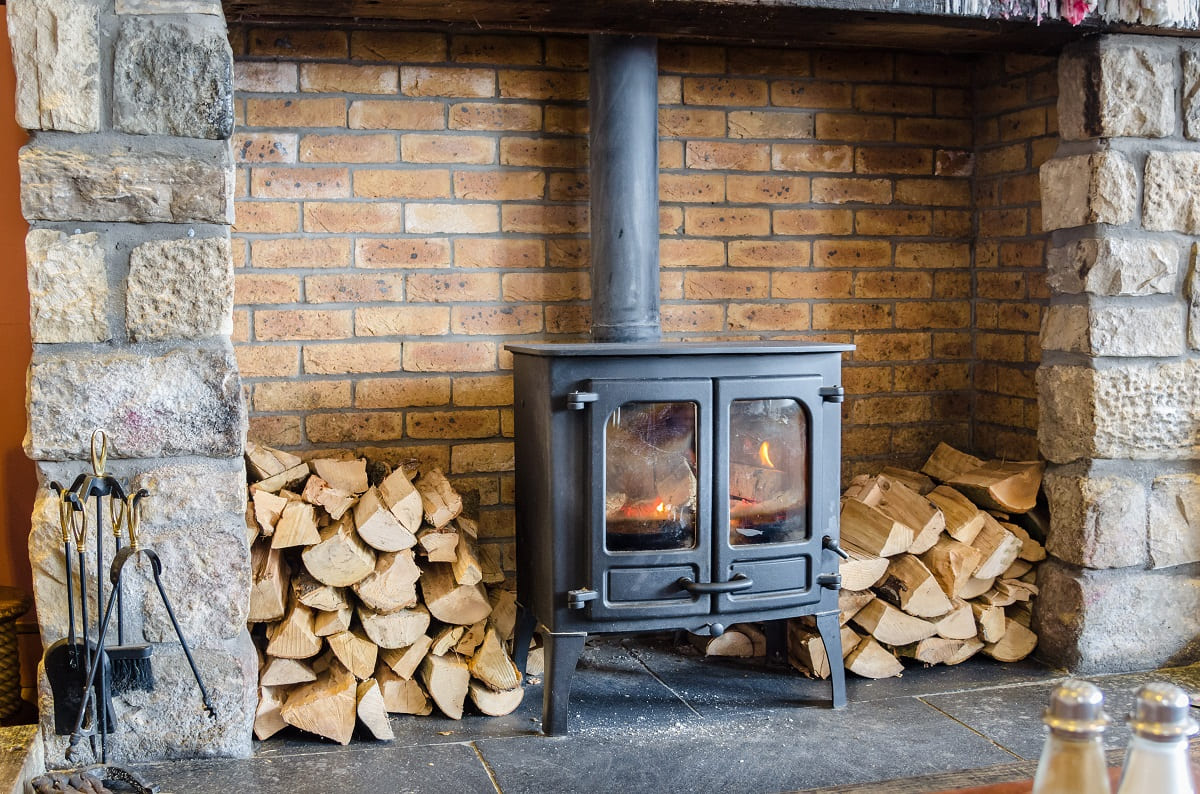
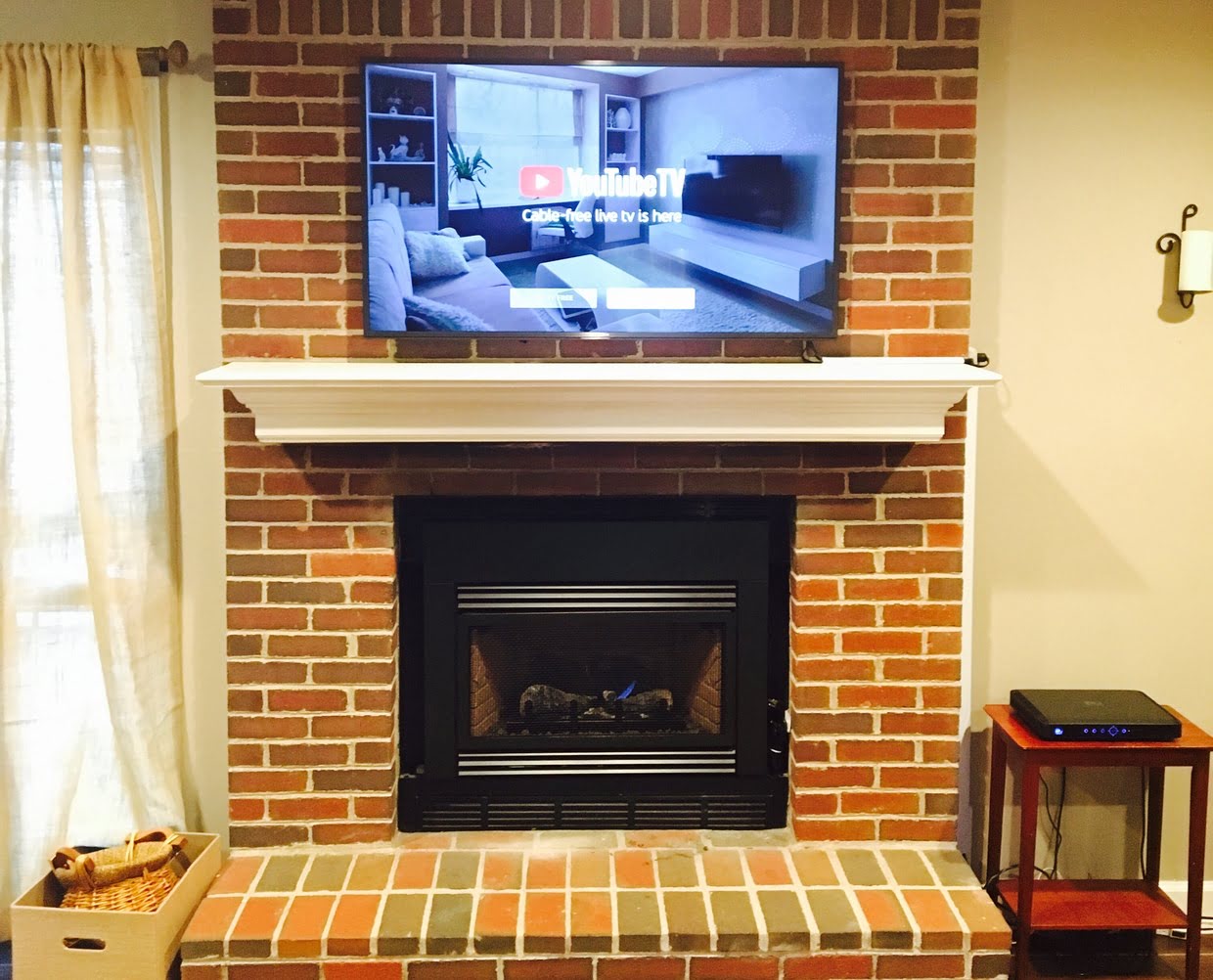
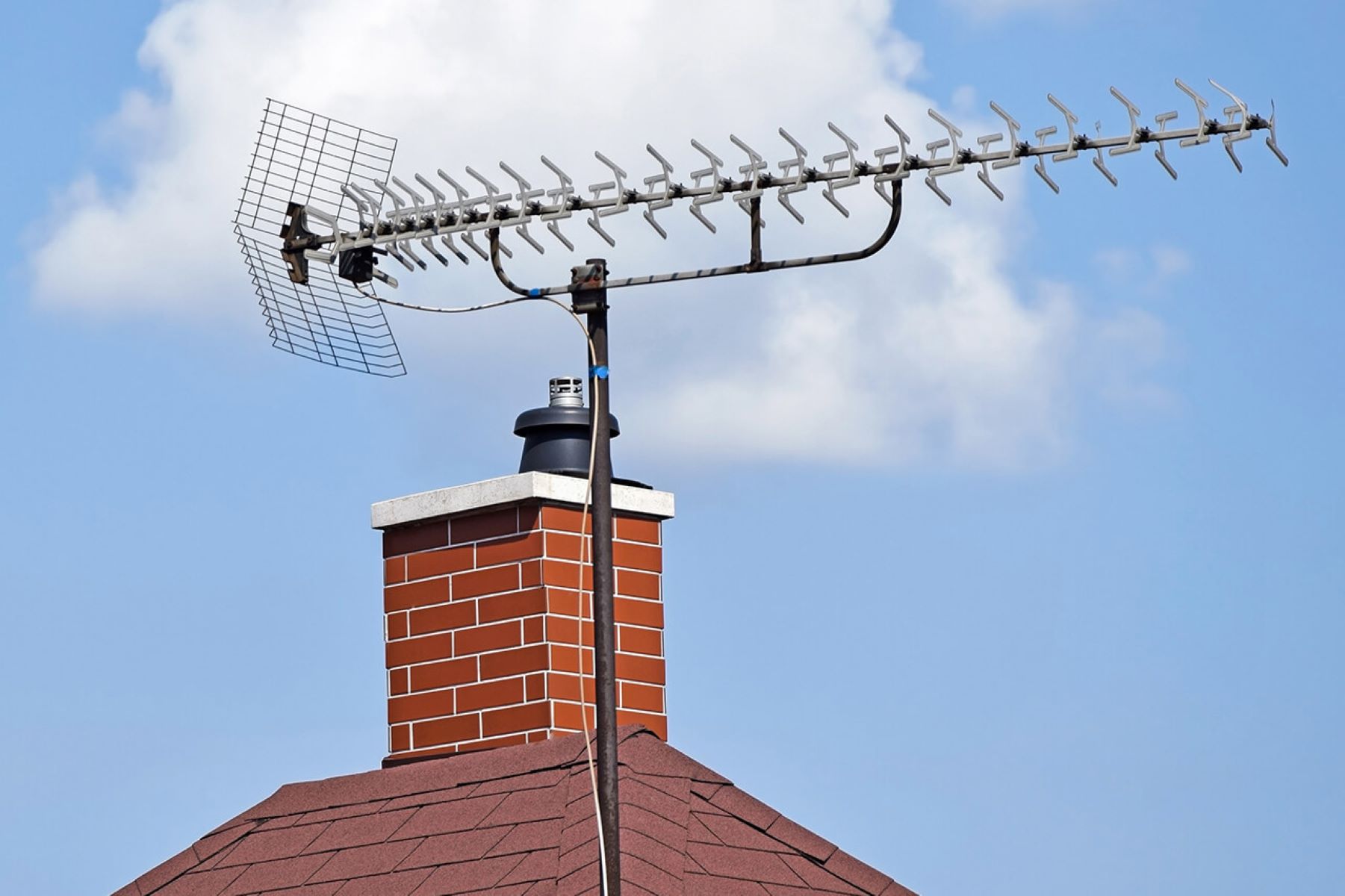
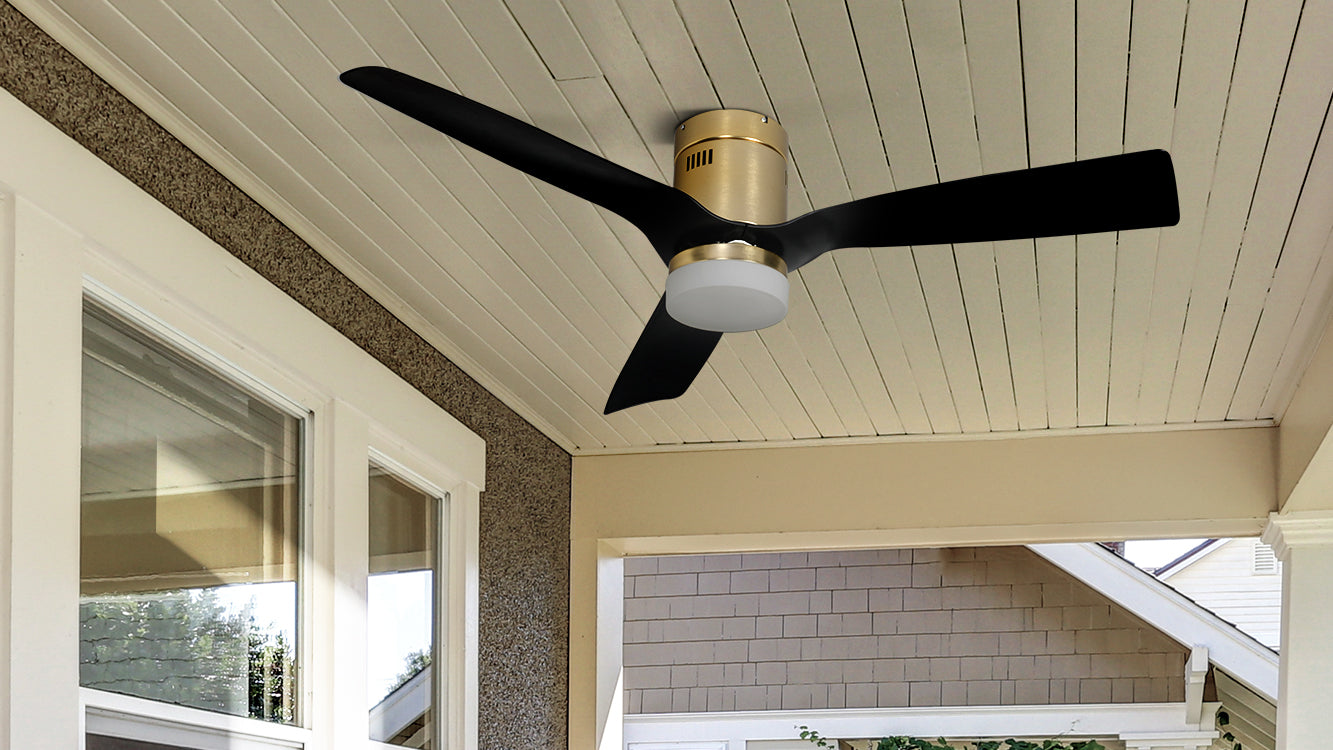
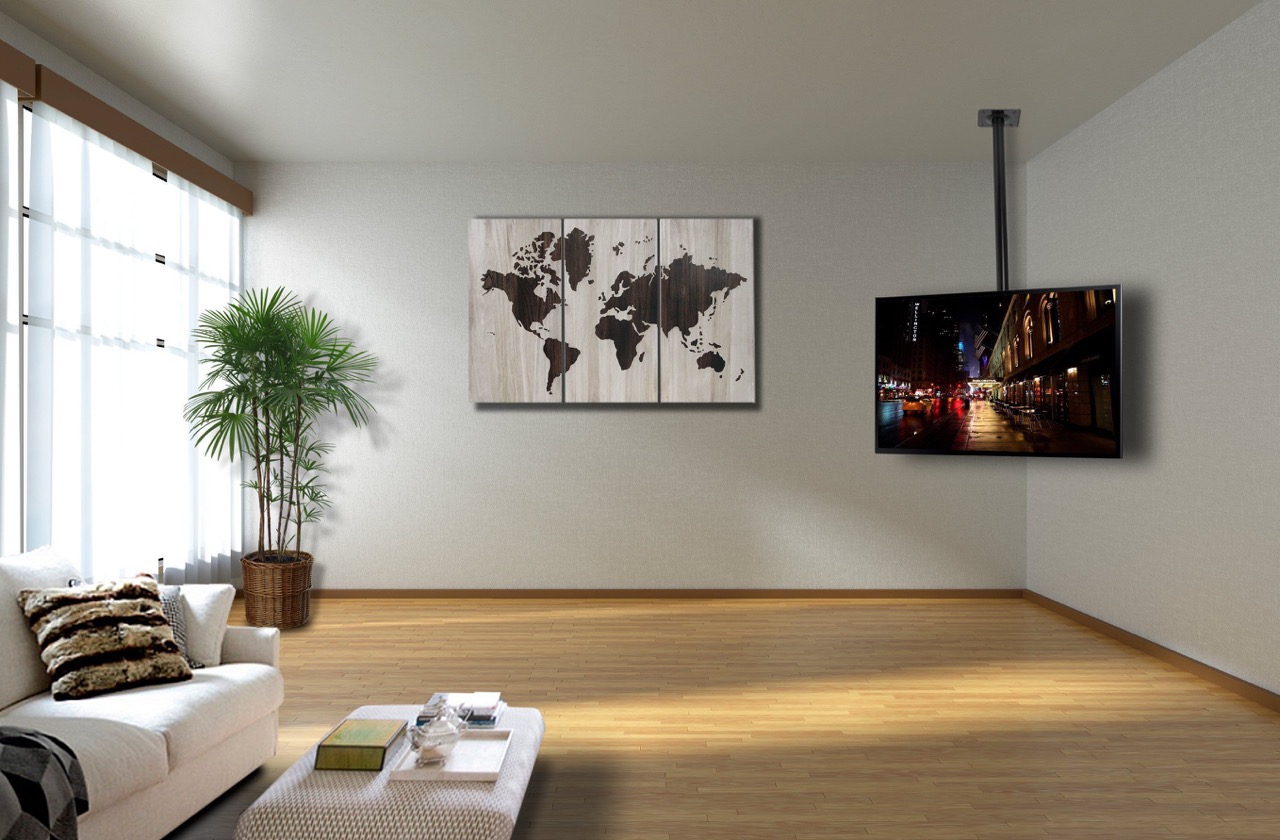
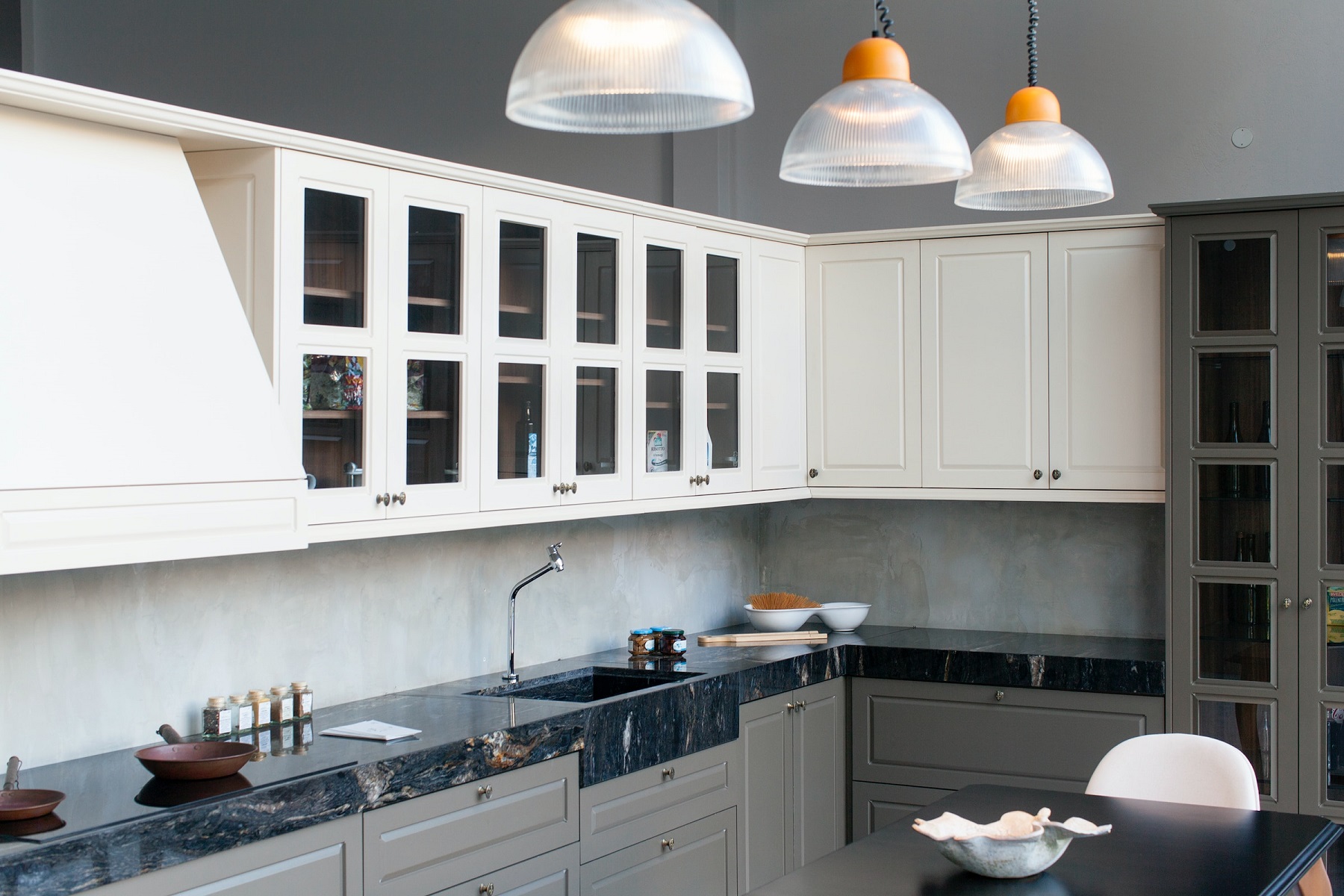

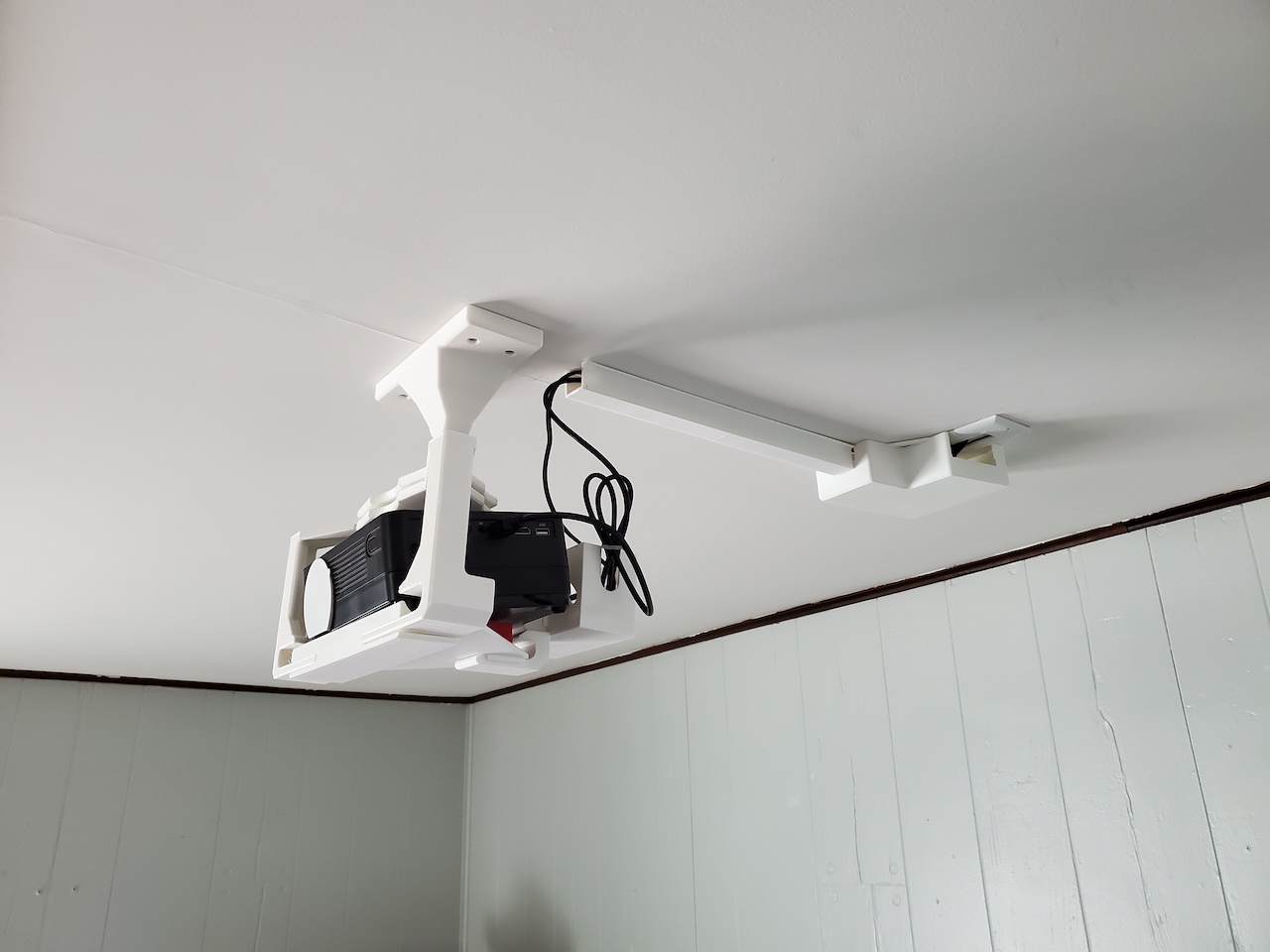
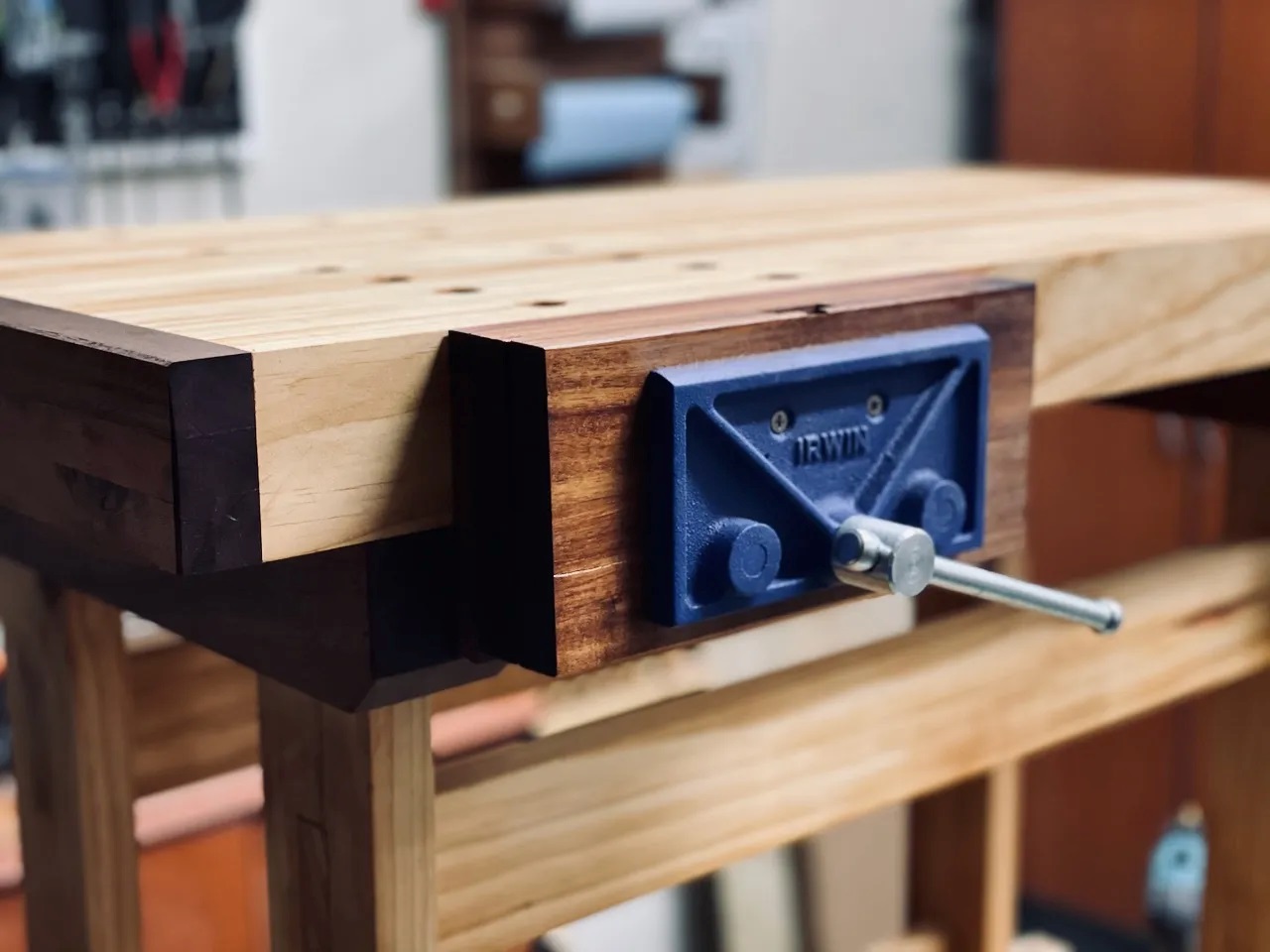
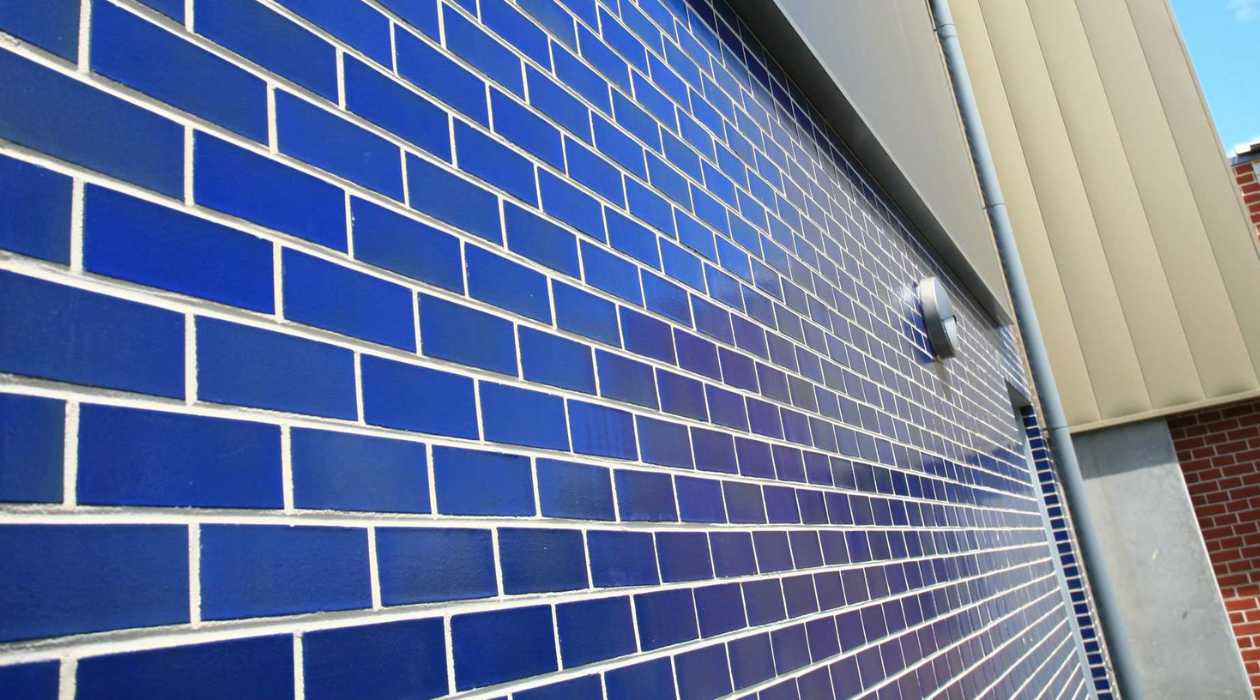
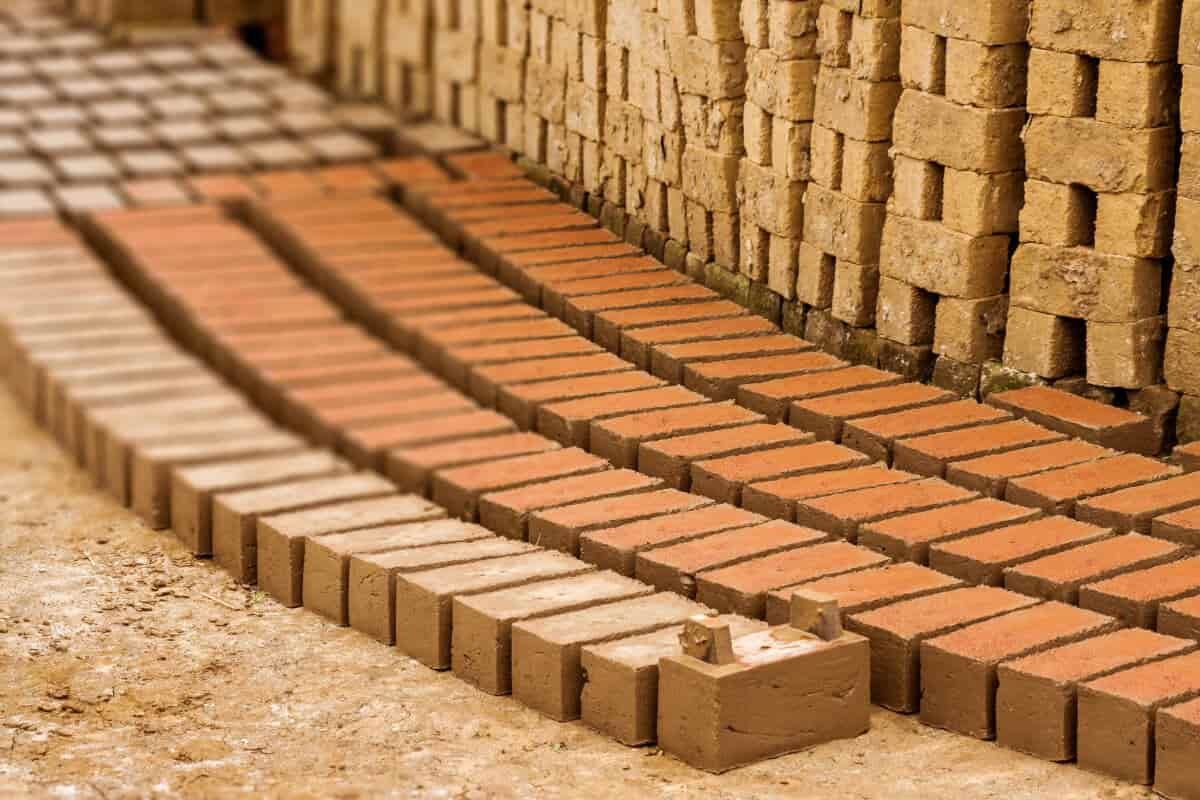

0 thoughts on “How To Mount Wood To Brick”